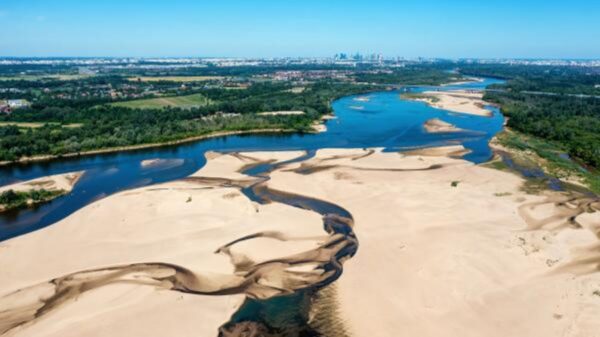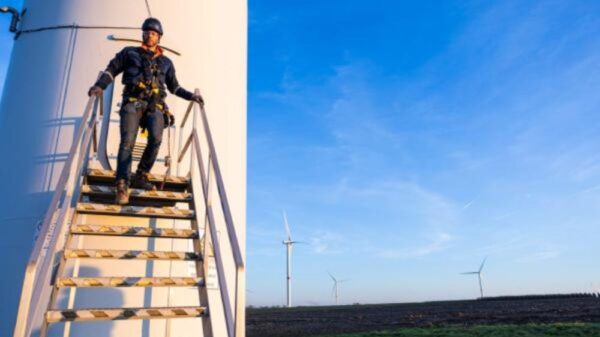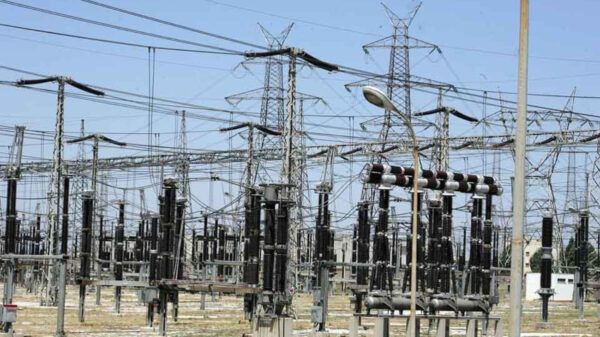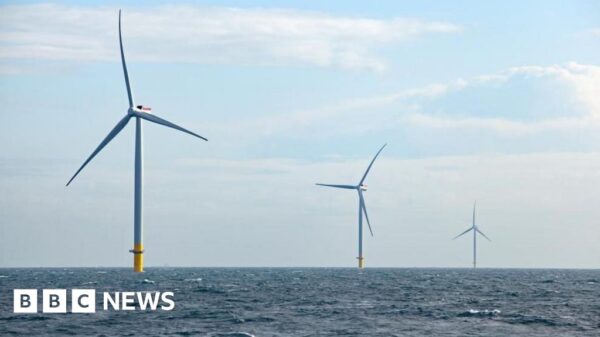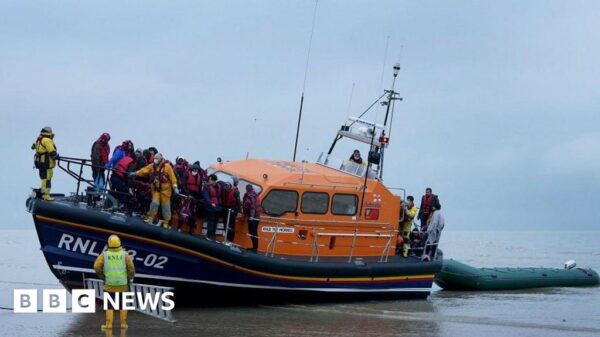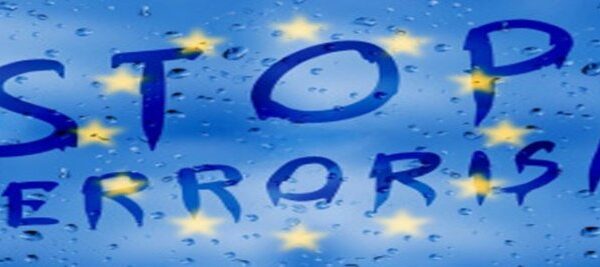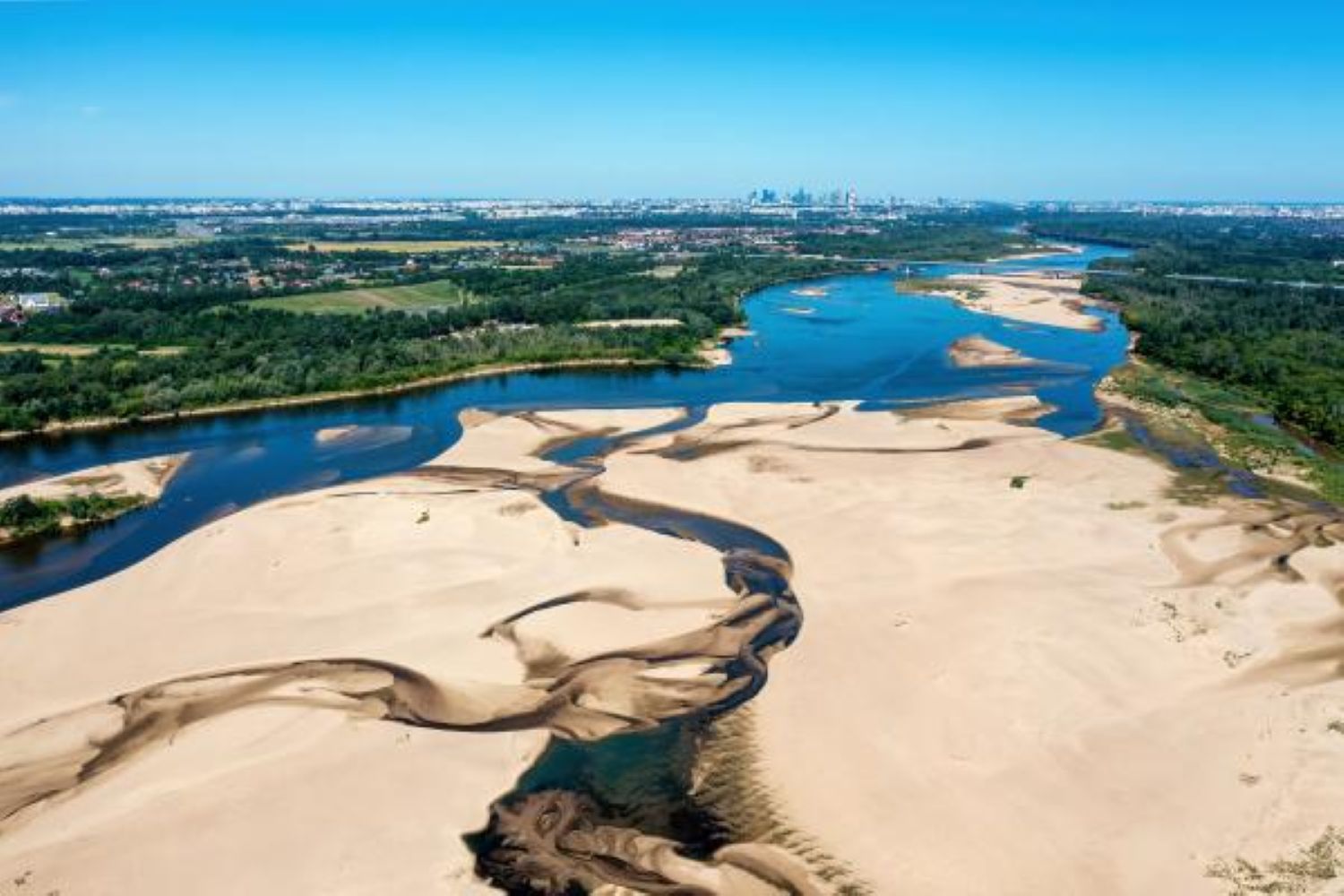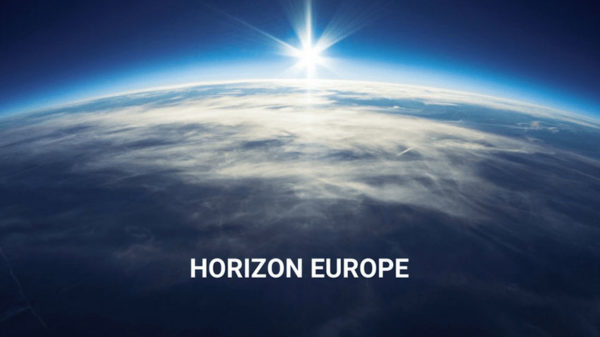Low rainfall, dry soils, and shrinking rivers are pressuring ecosystems, farming, and transport routes across Europe and neighbouring regions.
Latest data show dwindling river flows and worsening drought: these conditions are triggered by warmer-than-average weather and lower precipitation across much of the continent since the beginning of the year, according to the Drought in Europe – April 2025 report, published by the JRC.
With forecasts up to June showing drier-than-average conditions in northern and western Europe, there are growing concerns about the impact on agriculture river transport, and ecosystems, the report says.

Driven by a lack of rainfall and above-average temperatures, central, eastern, and south-eastern Europe, as well as the eastern Mediterranean region, are experiencing broadening warning drought conditions. Similar conditions are emerging in north-western Europe.
This analysis by JRC scientists also points out that large parts of the Mediterranean and the Middle East remain under warning and alert drought conditions.
In contrast, most of Portugal, Spain, western and central France experienced a rainy winter, with northern Italy having a wetter start of the spring. In some areas, heavy rainfall events caused fatalities, affected vegetation and damaged infrastructures. Copernicus emergency maps were sent to first responders and regional authorities to help them manage the crises.

Heat and low rainfall deplete soil and water reserves
Between January and March 2025, most of Europe experienced warmer-than-average conditions. In the Alps, eastern Europe, and northern Scandinavia mean temperatures were more than 3°C above normal.
Scarce rainfall and intense heat dried out the land, leaving soils in the eastern Mediterranean and northern Africa significantly depleted of moisture.
Drought in Europe is affecting key rivers
Drought effects became more evident across European rivers by early April. Large areas in northern Europe and parts of the western Alps are currently the most affected regions. Eastern Mediterranean countries and western Russia are also showing signs of hydrological stress.
It is worth to highlight how in just a few weeks the conditions along the Rhine River changed significantly, with water levels dropping sharply in early April, especially in the upper basin. Following a dry winter and spring, reduced discharge is already impacting river navigation in the Middle Rhine.

Dry anomalies and warning signs for the months ahead
Northern Germany, the Benelux countries, Denmark, southern Scandinavia, and much of the UK and Ireland recorded very dry conditions in March. Similar patterns were seen in southern Ukraine and central-to-eastern Türkiye. Compounded with dry conditions in the previous months, these trends raise concerns on how the situation may evolve later in spring and summer.
While vegetation across most of Europe appeared healthy by the end of March, stress signs are already visible in parts of northern Africa, western Syria, and south-eastern Türkiye. Early plant development may be masking vulnerabilities that could surface if drought conditions persist into the growing season.
Outlook suggests ongoing risks in several regions
Forecasts from April to June 2025 point to drier-than-average conditions in northern and western Europe, including the UK and Ireland. Wetter than average conditions are expected over the Iberian Peninsula, central Italy, the eastern Alps, and Greece. There is however some uncertainty in the forecast due to the variability of different modelling systems used.
Rivers are likely to remain unusually low across eastern Europe through May, and water levels could drop even further. Across many areas low river flow is already affecting farming, ecosystems, energy production and transport.
Background
The Drought in Europe – April 2025 is based on the latest analysis from the European Commission’s Joint Research Centre (JRC) and uses data from the European and Global Drought Observatories, components of the Copernicus Emergency Management Service. The information is complemented with data from other climate and drought monitoring tools.
Related links
Current drought situation in Europe
Faster progress needed to protect waters and better manage flood risks

